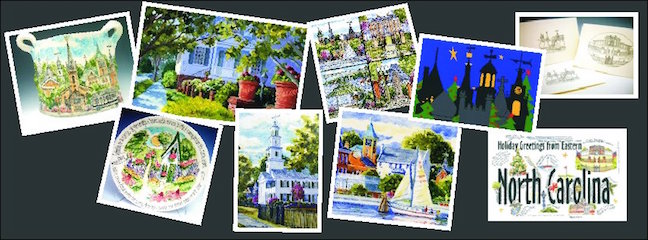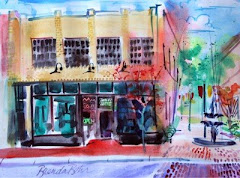The history of the Irish Hills dates back to the 19th century as a stopping point during the five-day stagecoach trip between Detroit and Chicago. In the early 20th century the region developed into a popular tourist destination. There are over 50 lakes in the vicinity. The name of the Irish Hills came from the fact that it was settled in the mid 1800s by immigrants fleeing the potato famine in Ireland. And many of the local place names like Kelly, Killarney, Brighton and Monaghan stem from names they brought from Ireland.
There is a lot of farming in the area but there are a lot of tourist attractions in addition to the many lakes.
Michigan International Speedway -
When I was in high school our girl scout troupe made money by picking up the trash after the races at MIS. $5000 was a lot of money to us and it helped pay for a trip for 28 girl scouts to go to Mexico. The Speedway has 2 races a year as well as a wine festival, music and other events. If you are not going to the race you don't want to be on US 12 around race time.
Hidden Lake Gardens -
We always drive through the gardens when we visit - The Gardens were established 70 years ago by a donation by Harry Fee, an Adrian businessman.
He had always dreamed of owning a lake, and, upon his retirement in 1926, he purchased Hidden Lake along with 200 acres of land surrounding it. "He repaired and refurbished the old farmhouse, built a greenhouse, and began farming. He soon realized that the land was not suitable to conventional farming or raising livestock and so he began to grow nursery stock.
Not wanting to compete with local nurseries during the depression he planted the stock on his own land in an effort to create a “series of pictures” . Mr. Fee described Hidden Lake Gardens as a “dream as you go development”.
He built a road in from Hwy 50 and landscaped it with a shrub and perennial border. The lake was cleaned out and the small pond and rock garden were constructed.
“...I determined to build a road which would make the several beautiful views to be had from various places on the property accessible…” This road was built around the lake and later extended to the top of what Mr. Fee called Juniper Hill, which is what we call it today. Much later, small parking areas were added at these vistas to allow the public to pause and enjoy the views.
“When the idea that I was making a series of beautiful scenic pictures available to the Public and just when I decided to dedicate the Gardens to public service I do not remember…all subsequent work has been and should be continued with the prime object of its being for the Benefit of the Public…”
Mr. Fee donated Hidden Lake Gardens to Michigan State University (then Michigan State College) in 1945 and his wish that the Gardens be for the benefit and education of the public has continued through the years. He was actively involved in decision making at the Gardens until his death in 1955.
The original 200 acres have grown to 755 acres! This includes a 120 acre arboretum that was begun in 1962 and consists of plant groups such as crabapples, lilacs, maples, evergreens, and shrubs.
Another benefactor of the Gardens, the Herrick family of Tecumseh. They donated funds for many of the buildings. Year-round educational programs for all ages are offered in our Visitor Center which also houses a library, exhibits, auditorium, meeting rooms and a gift shop. The Conservatory includes tropical plants, arid plants, and a variety of flowering houseplants.
In addition to more than 6 miles of one-way paved drives, there are nearly 10 miles of hiking trails to allow the visitor a closer look at the beauty the Gardens provides."
As a child we always drove through the Gardens every Easter. While we did not have a lot of money growing up we always got a a new (to us at least) dress, hat and corsage every Easter!
Walker Tavern -
The Walker Tavern was built as a modest farmhouse around 1832 at the important intersection of the former Chicago Road (U.S Route 12) and the Monroe Pike (M-50).
The name comes from Sylvester and Lucy Walker, who purchased and converted the structure into a tavern in 1843. In addition to a tavern, it also served as an inn for travelers traveling from Detroit to Chicago — a stagecoach trip that once took five days along what is now US 12, which started as an Indian trail.
Famous guests included Daniel Webster and James Fenimore Cooper. The structure served a variety of purposes, including a meeting place for religious and political gatherings.
In 1921, Frederic Hewitt purchased the tavern and converted it into a museum. In 1965, the Walker Tavern underwent several alterations during a restoration process.















